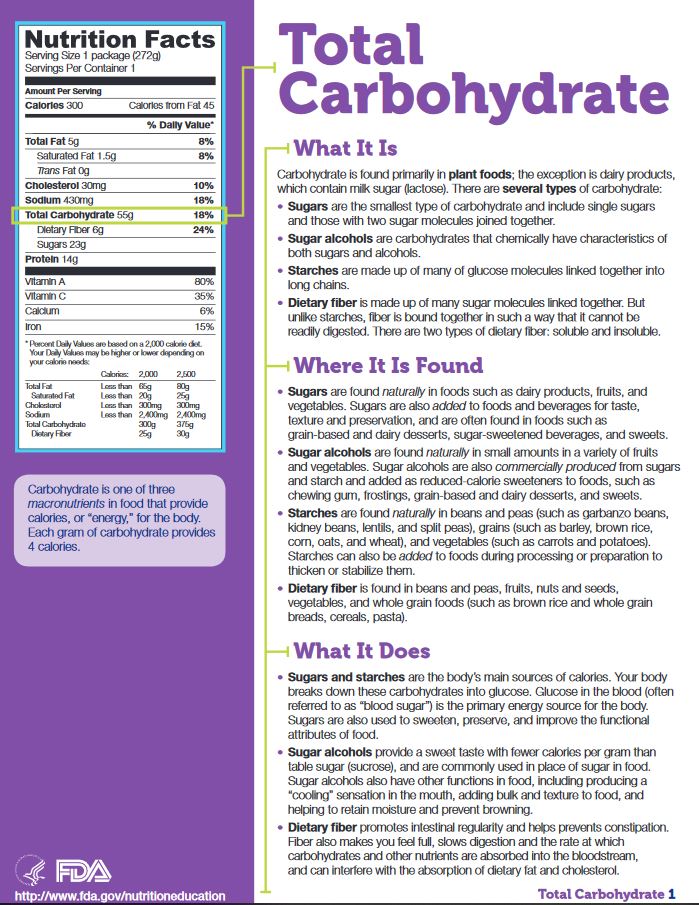
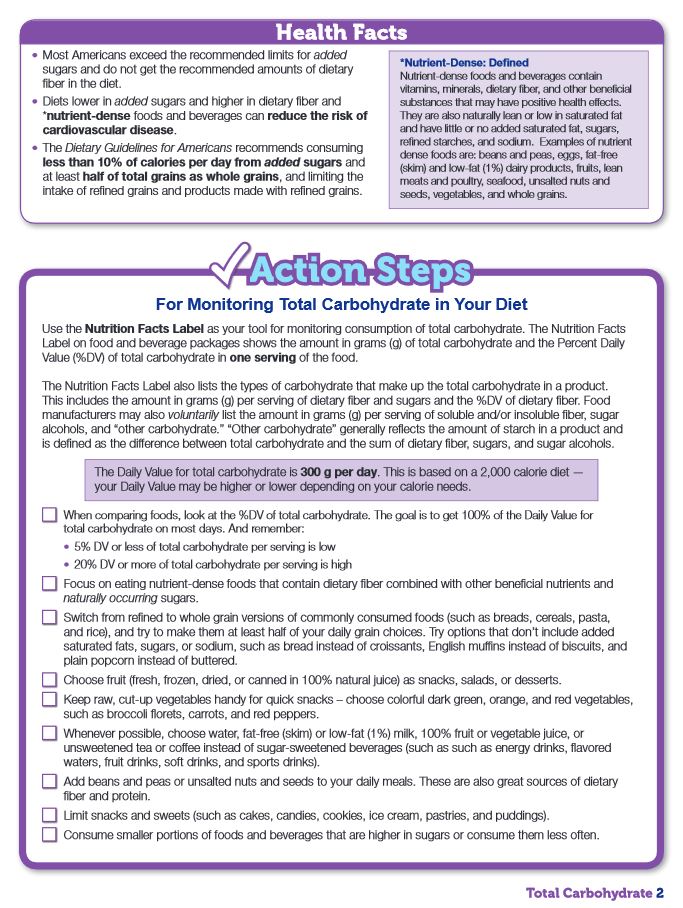
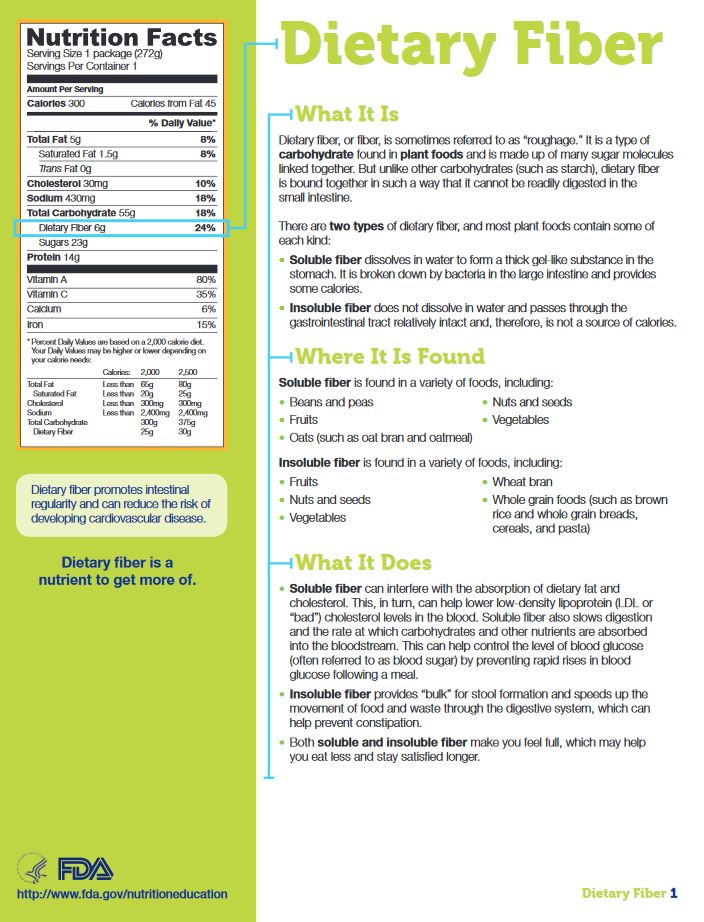
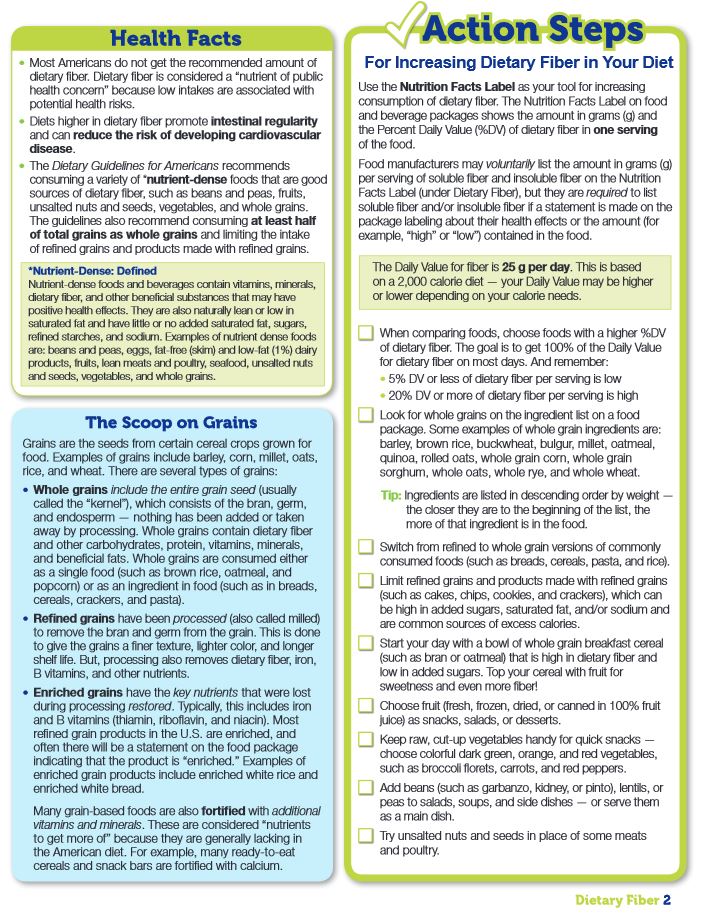
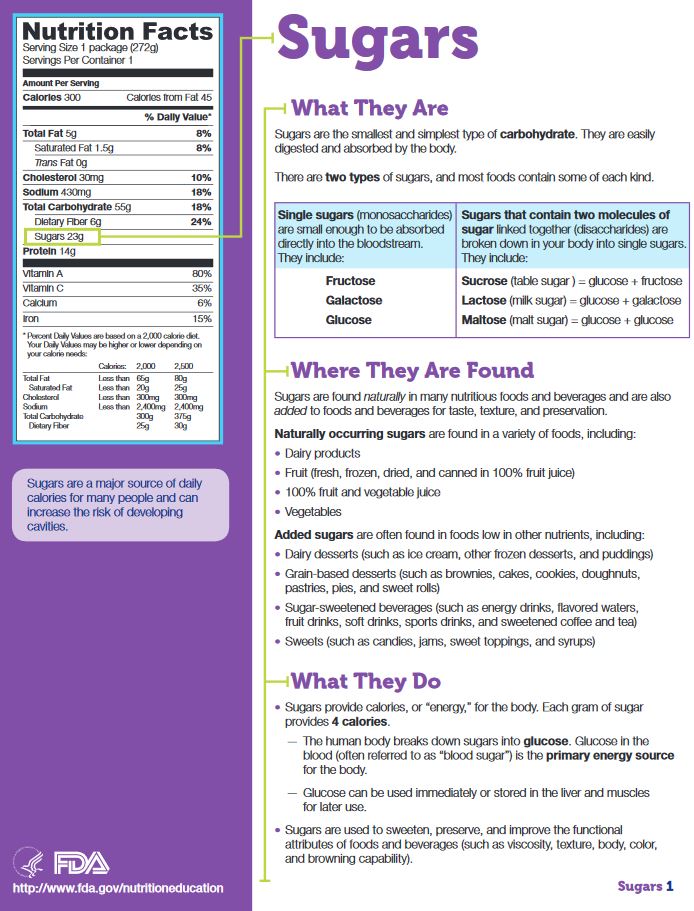
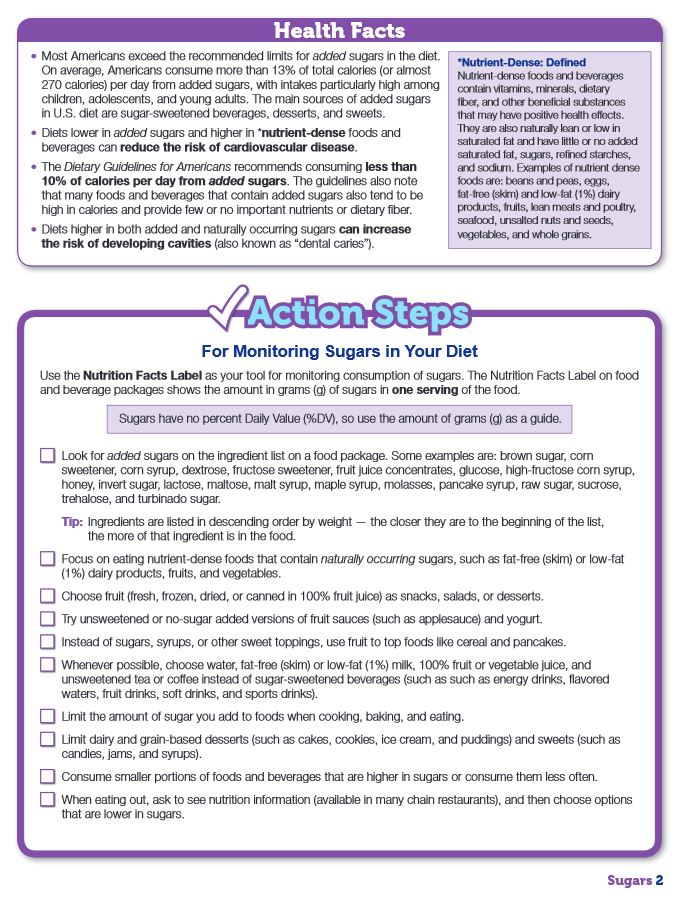
FEATURE TOPIC FROM USDA
What foods are in the Grains Group?
How many grain foods are needed daily?
The amount of grains you need to eat depends on your age, sex, and level of physical activity. Recommended daily amounts are listed in this table below. Most Americans consume enough grains, but few are whole grains. At least half of all the grains eaten should be whole grains.
Note: Click on the top row to expand the table. If you are on a mobile device, you may need to turn your phone to see the full table.
| Daily Grain Table | |||
|---|---|---|---|
| DAILY RECOMMENDATION* | Daily minimum amount of whole grains | ||
| Children | 2-3 years old 4-8 years old |
3 ounce equivalents 5 ounce equivalents |
1 ½ ounce equivalents 2 ½ ounce equivalents |
| Girls | 9-13 years old 14-18 years old |
5 ounce equivalents 6 ounce equivalents |
3 ounce equivalents 3 ounce equivalents |
| Boys | 9-13 years old 14-18 years old |
6 ounce equivalents 8 ounce equivalents |
3 ounce equivalents 4 ounce equivalents |
| Women | 19-30 years old 31-50 years old 51+ years old |
6 ounce equivalents 6 ounce equivalents 5 ounce equivalents |
3 ounce equivalents 3 ounce equivalents 3 ounce equivalents |
| Men | 19-30 years old 31-50 years old 51+ years old |
8 ounce equivalents 7 ounce equivalents 6 ounce equivalents |
4 ounce equivalents 3 ½ ounce equivalents 3 ounce equivalents |
In general, 1 slice of bread, 1 cup of ready-to-eat cereal, or ½ cup of cooked rice, cooked pasta, or cooked cereal can be considered as 1 ounce-equivalent from the Grains Group. The table below lists specific amounts that count as 1 ounce-equivalent of grains towards your daily recommended intake. In some cases the number of ounce-equivalents for common portions are also shown.
Note: Click on the top row to expand the table. If you are on a mobile device, you may need to turn your phone to see the full table.
| Ounce-equivalent of grains table | |||
|---|---|---|---|
| Amount that counts as 1 ounce-equivalent of grains | Common portions and ounce-equivalents | ||
| Bagels | WG**: whole wheat RG**: plain, egg |
1″ mini bagel | 1 large bagel = 4 ounce-equivalents |
| Biscuits | (baking powder/ buttermilk -RG*) |
1 small (2″ diameter) | 1 large (3″ diameter) = 2 ounce-equivalents |
| Breads | WG**: 100% Whole Wheat RG**: white, wheat, French, sourdough |
1 regular slice 1 small slice, French 4 snack-size slices rye bread |
2 regular slices = 2 ounce-equivalents |
| Bulgur | cracked wheat (WG**) |
½ cup, cooked | |
| Cornbread | (RG**) |
1 small piece (2 ½” x 1 ¼” x 1¼”)
|
1 medium piece (2 ½” x 2 ½” x 1 ¼”) = 2ounce-equivalents
|
| Crackers | WG**: 100% whole wheat, rye RG**: saltines, snack crackers |
5 whole wheat crackers 2 rye crisp breads 7 square or round crackers |
|
| English muffins | WG**: whole wheat RG**: plain, raisin |
½ muffin | 1 muffin = 2 ounce-equivalents |
| Muffins | WG**: whole wheat RG**: bran, corn, plain |
1 small (2 ½” diameter) | 1 large (3 ½” diameter) = 3 ounce-equivalents |
| Oatmeal | (WG**) |
½ cup, cooked
1 packet instant
1 ounce (1/3 cup), dry (regular or quick)
|
|
| Pancakes |
WG**: Whole
wheat, buckwheat
RG**: buttermilk,
plain
|
1 pancake (4 ½” diameter)
2 small pancakes (3″ diameter) |
3 pancakes (4 ½” diameter) = 3 ounce-equivalents |
| Popcorn | (WG**) | 3 cups, popped |
1 mini microwave bag or 100-calorie bag, popped = 2 ounce-equivalents
|
|
Ready-to
eat breakfast
cereal
|
WG**: toasted oat,
whole wheat flakes
RG**: corn flakes,
puffed rice
|
1 cup, flakes or rounds
1 ¼ cup, puffed |
|
| Rice |
WG*: brown, wild
RG*: enriched,
white, polished
|
½ cup cooked
1 ounce, dry
|
1 cup, cooked = 2 ounce-equivalents |
|
Pasta–
spaghetti,
macaroni,
noodles
|
WG**: whole wheat
RG**: enriched,
durum
|
½ cup, cooked
1 ounce, dry |
1 cup, cooked = 2 ounce-equivalents |
| Tortillas |
WG**: whole wheat,
whole grain corn
RG**: Flour, corn
|
1 small flour tortilla (6″ diameter)
1 corn tortilla (6″ diameter)
|
1 large tortilla (12″ diameter) = 4 ounce-equivalents
|
*WG = whole grains, RG = refined grains. This is shown when products are available both in whole grain and refined grain forms.
Source: USDA


